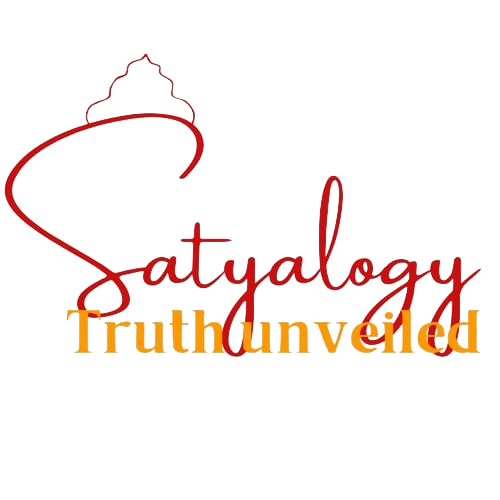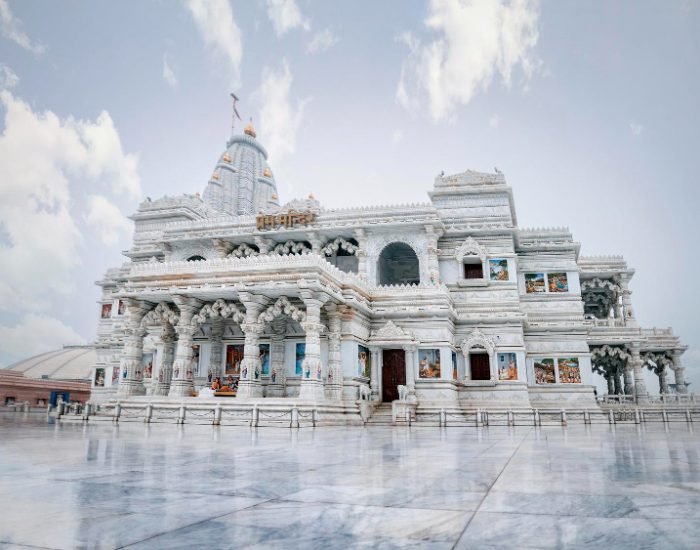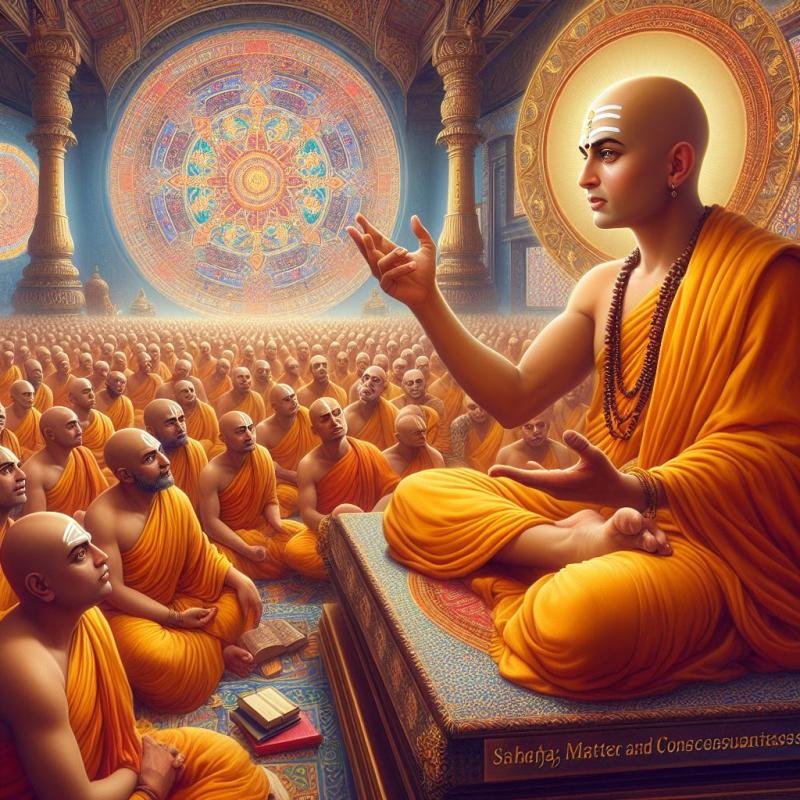The Mysterious Rang Mahal – RAAS MANDAL (Located in Vrindavan, Nidhivan)

In the heart of Vrindavan lies the enchanting Rang Mahal, a site imbued with divine mystery and wonder. This palace, nestled in Nidhivan, hosts a bed made of sandalwood, prepared nightly by unseen hands for Lord Krishna. Each morning, visitors marvel at the sight of the bed, which appears as if someone had slept on it, the jar of water, Neem Datun, and Pan seemingly consumed. This phenomenon convinces many that Lord Krishna graces the place each night.
According to legend, anyone attempting to witness the divine Krishna Raas Leela performed in the temple faces dire consequences—ranging from blindness and loss of speech to severe mental disturbances. The mystical nature of this dance remains largely unknown, adding to the allure and sacredness of Nidhivan. Visitors can also find mysterious footprints believed to be of young Krishna within a nearby rock garden. Astonishingly, the melodious tunes of Krishna’s flute are said to transform huge mountains into rocks, reinforcing the divine connection of this place.
Vanshi Vat – Can We Still Hear Lord Krishna’s Flute?

Vanshi Vat in Vrindavan is a revered site where Lord Krishna is believed to have played his enchanting bamboo flute, attracting Radha and the gopis. The name “Vanshi Vat” combines “vanshi” (bamboo flute) and “vat” (banyan tree). Under this expansive banyan tree, Krishna’s melodious tunes would draw the gopis from afar. It is said that even today, the echoes of his divine music can be felt in the serene atmosphere of Vanshi Vat. Many pilgrims, placing their ears to the banyan tree, claim to hear the melodious sounds of a flute, drum, and tabla, creating an almost otherworldly experience.
Brahmand Ghat – Where Mud Laddu is Distributed as Prasadam
Brahmand Ghat is famously known as the place where young Krishna, after ingesting some mud while playing, revealed the entire cosmos in his mouth to his astonished mother, Yashoda. This awe-inspiring event gives the site its name, “Brahmand Ghat,” meaning the universe. Today, devotees visiting Brahmand Ghat receive mud laddus as prasadam, symbolizing the divine miracle witnessed by Yashoda.
Raval – The Birthplace of Shrimati Radha Rani
Raval, a small town near Gokul and about 13 km from Mathura, holds immense significance as the birthplace of Shrimati Radha Rani. While many believe Radha Rani was born in Barsana, the true story, as per the Brahmavaivarta Purana, reveals that she was discovered in a lotus flower in the Yamuna River by Vrishabhanu Baba, her grandmother’s house. Radha Rani remained with her eyes closed until the infant Krishna appeared before her, only opening them after 11 months. This hidden gem of Vraj Bhumi remains a deeply sacred and lesser-known site, visited by devoted pilgrims seeking to connect with the divine origins of Radha Rani.


